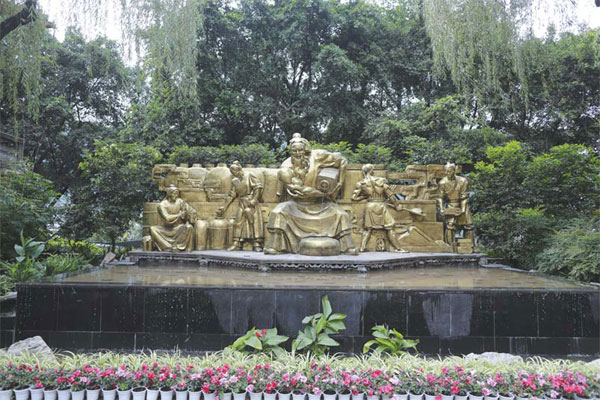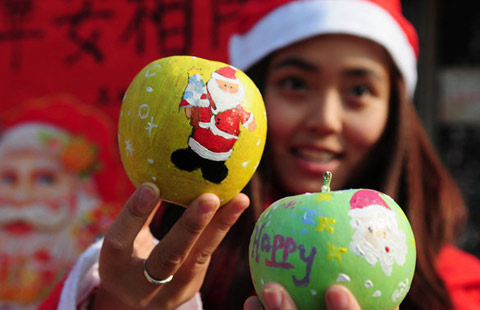Museum for a national treasure
Updated: 2014-12-30 07:43
By Jake Hooson(China Daily)
|
||||||||
|
Du Kang, the god of liquor who is said to have taught people how to make baijiu, is venerated by the locals in Maotai town. Feng Yongbin / China Daily |
Sprawling facility at Maotai shows its distinctive heritage
When one thinks about visiting an alcohol-related experience center, the obvious choices that come to mind are the Guinness factory in Dublin, the Scotch Whiskey Experience in Scotland or perhaps France's Museum of Cognac History.
For those outside China seeking a spirit-fuelled experiential adventure, the word baijiu (white spirit) seldom comes to mind. But tucked away in Maotai town in Guizhou province, is the National Liquor Culture Museum.
It's impressive enough to attract even the most discerning liquor enthusiast. Britain's Prince Andrew toured the museum just in October.
The museum grounds are nestled among the town's existing production and storage buildings and surrounded on one side by heavy construction works. Areas of the town not already taken up by buildings used in fermenting sorghum, small independent distilleries and dispensaries, or the occasional hotel, are under construction. Such is the allure and reputation of the Moutai brand that the group is investing heavily to make the town a top tourist destination. A five-star hotel, a tasting center, state-of-the-art headquarters and apartments, and a nearby airport are under construction or will be soon.
At 30,000 square meters, with seven rooms and a collection of more than 5,000 artifacts, cultural relics, paintings and books dating as far back as the Han Dynasty (206 BC-AD 221), the museum was recognized as the 'largest liquor culture museum in the world' by the Guinness World Records in 1999 shortly after the building's completion in 1997.
The museum's total of nine halls spanning the early Han Dynasty to the modern age begin in a typical chronological fashion starting in 156-87 BC when Emperor Wudi received baijiu from the people of the Maotai region as a tribute. The drink was special enough to have the emperor record there was "something good tasting in Guizhou" - a record of the event that can still be seen in the museum.
Something you might well catch a glimpse of in Maotai and certainly in the museum is Du Kang, a burly figure with a cheerful countenance often depicted in paintings and sculptures pouring a large jug of baijiu. He is widely understood to be the inventor and "god of baijiu" by locals. Many of them - mostly Moutai staff - ceremoniously burn incense and offer food to Du Kang each year before reciting a vow to keep up the impeccable reputation of the national liquor in the coming year.
Despite homage to Du Kang as the inventor of baijiu, it is actually monkeys who first discovered it, according to the museum's antique records. Ancient novels say that the monkeys removed various fruits, left them to ferment and then drank the resulting alcoholic concoction.
Perhaps one of the most striking aspects of the museum is the array of drinking vessels on display from the local region as well as other areas in China. The sheer intricacy and workmanship of the vessels are a testament to the cultural and social importance of alcohol in ancient China. Liquors found in vessels from the Shang (1600 BC-1046 BC) and Zhou (1046 BC-256 BC) dynasties remain clear and fine - though there were no volunteers to drink it.
Moving through the initial main hall of the museum, visitors can experience the development of baijiu through the years, as processes became more refined to create stronger liquor. Full scale models of women crushing grains underfoot in preparation for fermentation, a tradition still upheld in the town today, is the centerpiece.
Culture, traditions
Beyond the historical artifacts and ancient records, there is much more on offer to visitors. The intimate culture and traditions that revolve around alcohol, all of which are delightfully displayed at the museum, are something that resonate within us all.
Drinking games, a staple activity for many during their formative and university years, might, one would think, be an invention confined to the last few centuries. But wherever alcohol has been around, so too have drinking games.
Set in a small, traditional outbuilding in a courtyard among the museum's many rooms, visitors can learn about xiang ball - throwing ball - the ancient equivalent of a dodgeball as a drinking game.
Adorning the courtyard and depicting a more recent history of baijiu are various bronze sculptures. Three depict Wang Bingquan, Lai Yongchu and Hua Wenqu, the original distilling masters and founders of independent distilleries in the town. The trio collectively attended the 1915 Panama Expo (which was actually held in San Francisco) when they won the gold medal after deliberately smashing open a bottle of Moutai to release the drink's distinct sauce fragrance and attract judges to their previously overlooked stall.
Another statue depicting wounded soldiers surrounding a large horse lends itself to the memory of the Red Army, which passed through the town in 1935 partway through the tortuous Long March and used the drink not only as a motivational boost, but as a useful remedy to a largely injured army.
Making its way a larger, more modern building, the museum tour progresses through more contemporary history of the much-loved national brand. Here in depth-visual representations depict events that helped the liquor transcend the to the god-like status it enjoys today, such as the Panama Expo and the many heads of state that have dined with the liquor over the years, including US president Richard Nixon and British prime minister John Major.
A whole section is dedicated to scale models and presentations of proposed future developments in Maotai town intended to put the beautiful mountainous area firmly on the tourism map.
The museum also sports a full-scale model of the entire town, allowing visitors to get a birds-eye view of the Moutai production and distribution networks.
Winding up at the end of the museum tour, it's difficult not to leave without having bought a few bottles of Moutai after gaining a deep appreciation of the drink and brand's astonishing heritage.
- 'Miss Leisure World' candidates play war game
- Metro use drops slightly as new fare hikes kick in
- Record passenger numbers expected for upcoming chunyun
- Children step out of Daliang Mountain
- 1,000 years on, the art of fish hunting is in safe hands
- National Stadium illuminated to greet New Year countdown
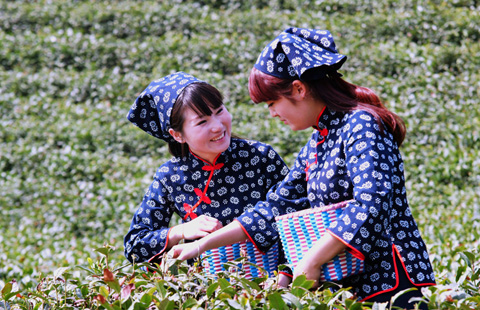
 Top 10 happiest cities in China 2014
Top 10 happiest cities in China 2014
 Children step out of Daliang Mountain
Children step out of Daliang Mountain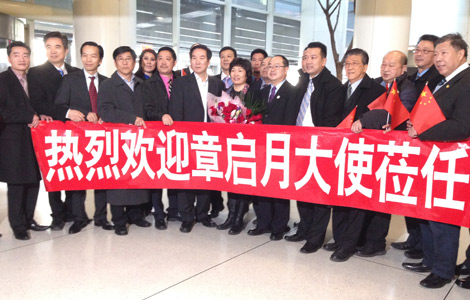
 New Consul General of China in New York arrives at JFK
New Consul General of China in New York arrives at JFK
 Missing AirAsia plane maybe at sea bottom
Missing AirAsia plane maybe at sea bottom
 Chinese artists get Times Square spotlight
Chinese artists get Times Square spotlight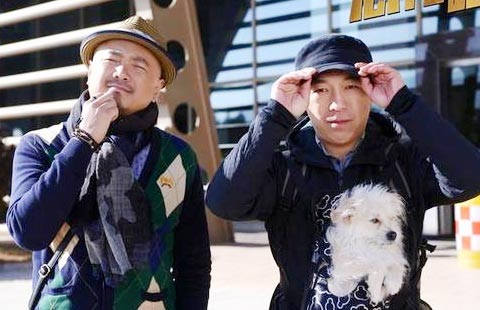
 Yearender: Best selling Chinese films in 2014
Yearender: Best selling Chinese films in 2014
 Top 10 policy changes of China in 2014
Top 10 policy changes of China in 2014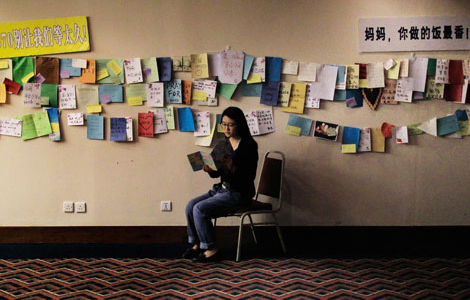
 Families of MH370's passengers still hold out hope
Families of MH370's passengers still hold out hope
Most Viewed
Editor's Picks

|

|
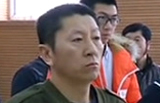
|
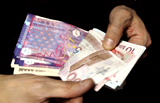
|

|

|
Today's Top News
Xiaomi's sky-high value also comes with potential obstacles
Bright lights for Chinese artists
Expiration dates on food probed
'New normal' focus for new consul general in NY
Bodies, debris from missing plane pulled from sea
Chinatown rallies to aid slain officer's family
Chinese FM: Against any cyber attack
China says no role in Sony hacking
US Weekly

|

|
